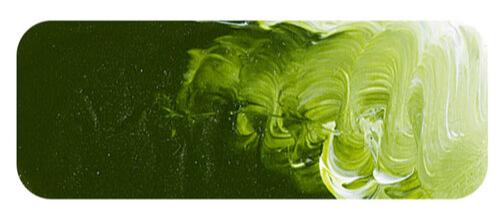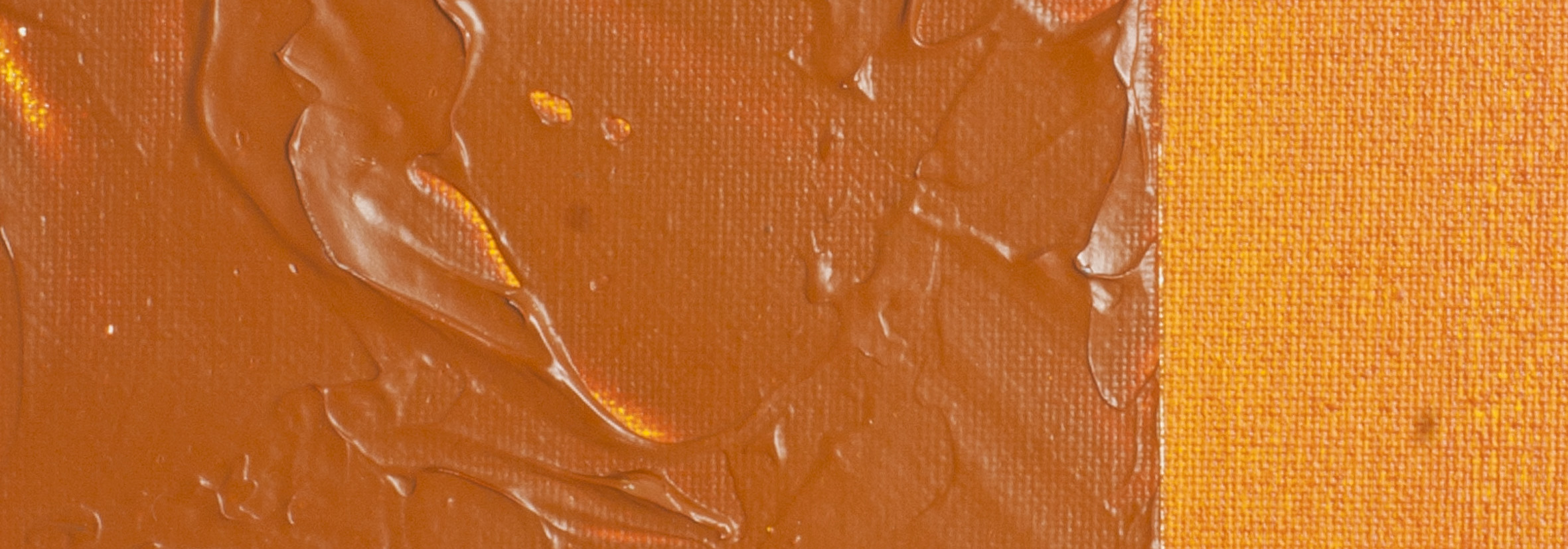オーストラリアン・サップグリーン | マティス・アクリル絵具
化学物質の概要:アリライドイエロー、塩素化銅フタロシアニン、ジアリライドイエロー、合成酸化鉄の混合
顔料番号: PY74 PG7 PY83 PR101
耐光性評価 : ASTM I
顔料の不透明度 : 透明
絵具の不透明度 : 半透明
シリーズ3

オーストラリアン・サップグリーン | マティス・アクリル絵具
Historical Roots: Sap Green's Mysterious Origins
The etymology of Sap Green's name is shrouded in the mists of time. Speculation suggests it might evoke the vibrant green of fresh leaves during the ascent of sap in a tree. Historical records date the name back to the 17th century, possibly when it gained popularity in oil paint. However, its usage predates this era, as evidenced by its presence in medieval illuminated manuscripts. While it endured within books, its fugitivity became evident when exposed to light. Cennini, in the 15th century, alluded to alternatives like "plums," likely referring to the berries of the Buckthorn bush. This bush, a source of Still de Grain and Sap Green, highlights how Renaissance artists embraced simplicity in colour choices, a trend challenged by the 17th century's demand for a broader spectrum.
Challenges of Old Masters: Fugitive Greens
Old masters faced challenges with bright yellowish greens. Copper resinate proved fugitive and incompatible with crucial colours like Ultramarine Blue and Vermilion, turning brown due to chemical reactions. Sap Green emerged as a solution, offering a warm, bright, yellowish green compatible with any colour. Unfortunately, its fugitivity stemmed from being crafted from Buckthorn berries. While various Buckthorn species existed, only a few were employed for artistic use, yielding hues from red to yellow to green. Today, modern alternatives largely replace the original pigment, yet traditional Chinese painting persists with the original Sap Green, now termed Chinese Green.
Australian Sap Green: A Modern Masterpiece
Australian Sap Green emerges from a meticulous blend of Matisse Emerald, Yellow Light Hansa, Yellow Deep, and Red Oxide. This blend mimics the fresh green of Sap Green from Buckthorn berries but with highly permanent pigments. Its allure lies in both its inherent beauty and its efficacy in creating stunning greens through mixing.
Palette Dynamics: Crafting Beautiful Greens
While Australian Sap Green, when mixed with Cadmium Yellow Light, produces a bright grass green, its versatility shines in crafting more utilitarian olive greens with Unbleached Titanium or Yellow Deep, ideal for landscapes. A Hookers Green variant arises by blending it with Transparent Yellow Oxide, or for a deeper hue, substituting with Transparent Red Oxide. Experimenting with Australian Blue Gum imparts a slightly cooler olive green. Noteworthy combinations include Australian Sap Green with either Permanent Green Light or Cobalt Teal, yielding rich and characterful hues. While Buckthorn berries may have faded, the legacy of the greens they inspired lives on, captivating the artist's palette with enduring beauty.
Safety Data Sheet for Matisse Australian Sap Green (SDS)
To view or download a copy of Australian Sap Green SDS, please CLICK HERE * (271kb)
*The above link will open an external Dropbox window
オーストラリアン・サップグリーンは、マティス・ストラクチャー、フロー、フルーイドでご用意しております。

To install this Web App in your iPhone/iPad press ![]() and then Add to Home Screen.
and then Add to Home Screen.

